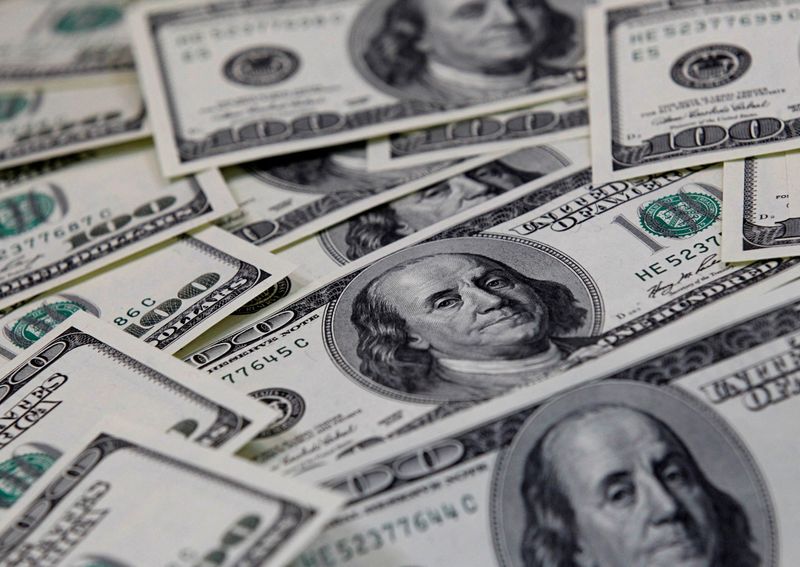The dollar eased on Tuesday after its rally the previous day, but still hovered near a one-month peak as traders raised their forecasts of how high the U.S. Federal Reserve would need to raise interest rates to tame inflation.
The Australian dollar, meanwhile, surged in the aftermath of a rate hike by the Reserve Bank of Australia (RBA), rising as much as 1% to an intra-day high of $0.6952, and last traded $0.6932.
The RBA raised its cash rate by an expected 25 basis points on Tuesday and reiterated that further increases would be needed - a more hawkish policy tilt than many had expected.
"By stating that, in its view, inflation will stay high for a protracted period, the RBA is undermining any thoughts of easing later this year or early next," said Rob Carnell, ING's regional head of research, Asia-Pacific.
"This will lift longer-term bond yields and short-term rate expectations. It will give the AUD (Australian dollar) a boost too."
Elsewhere, markets were recovering from the shock of Friday's United States jobs report, which showed that nonfarm payrolls surged by 517,000 jobs in January, pointing to a stubbornly resilient labour market.
The report wrongfooted traders banking on an imminent pause in the Fed's rate-hiking cycle and gave the U.S. currency a leg up, though it gave back some gains in Asia trade on Tuesday.
Sterling was last 0.2% higher at $1.2046, after tumbling to a one-month low of $1.2006 in the previous session.
Similarly, the kiwi rose 0.29% to $0.6323, but was not far from Monday's one-month trough of $0.6271.
The euro gained 0.08% to $1.0735, having slid to $1.0709 in the previous session, the lowest since Jan. 9.
"Since last Friday, (when) the U.S. reported a stronger than expected jobs number, this has reversed expectations that the Fed would pivot in its monetary policy," said Tina Teng, market analyst at CMC Markets.
"I don't think the jobs number is key ... but it's definitely a major impact on (the Fed's) monetary policy."
U.S. Treasury yields have risen on the back of higher rate expectations, with two-year yields last at 4.4267%, after touching a one-month high of 4.4930% on Monday.
The benchmark 10-year yields were last at 3.6192%, having similarly climbed to a four-week peak of 3.6550% in the previous session.
Futures pricing show that markets are expecting the Fed funds rate to peak just above 5.1% by June, compared with expectations of less than 5% prior to Friday's jobs report.
The surging U.S. currency pushed the U.S. dollar index to a near one-month high of 103.76 on Monday. It was last 0.13% lower at 103.47.
Elsewhere in Asia, the Japanese yen rose 0.3% to 132.26 per dollar, but remained pinned near Monday's one-month low of 132.90 per dollar.
Data on Tuesday showed that Japan's real wages rose in December for the first time in nine months, though uncertainty remains over whether pay hikes will continue to sustain the country's economic recovery.
A newspaper report on Monday said that Japan's government has sounded out Bank of Japan (BOJ) Deputy Governor Masayoshi Amamiya to succeed incumbent Haruhiko Kuroda as central bank governor. Amamiya is considered by markets as more dovish than other contenders.
"I don't think the BOJ will reverse monetary policy," said CMC's Teng, on market hopes the central bank will abandon its yield curve control policy once a new governor takes office










